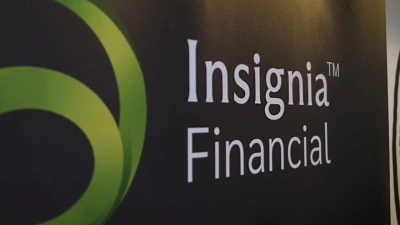RMBS fund delivers income and growth



A residential mortgage backed security (RMBS) fund has delivered a total return of 6.77 per cent per annum plus a distribution of 6.09 per cent, dwarfing rates offered by traditional cash products as rate hit record lows, according to Firstmac.
Firstmac said the fund did well as it bought investment grade assets called RMBS, which were made up of loans secured against people's homes.
Firstmac chief financial officer, James Austin, said the strong returns from the ‘high livez fund' showed that RMBS offered a solution to the low interest rate problem, which reduced retirees' living standards.
The fund started in 2011 and was still the only fund in Australia that offered ordinary investors access to RMBS, Austin said.
"In a property obsessed nation, variable-rate home mortgages are one of the largest assets classes and offer many benefits for investors, including relatively low volatility and reliable income. So, it's a travesty that these assets are being left to the banks, while ordinary investors are stuck with high-risk shares or term deposits paying less than three per cent", Austin added.
Austin added that as property prices were rising around Australia, it also increasingly protected the collateral value of the RMBS.
The ‘high livez' fund holds RMBS from highly rated institutions, including Westpac, AMP, the Commonwealth Bank and Suncorp. It also owned a stake in 52,000 Australian mortgages around Australia, according to Firstmac.
Recommended for you
Insignia Financial has reported net inflows of $448 million into its asset management division in the latest quarter, as well as popularity from advisers for its MLC managed accounts.
With ASIC questioning the dominance of research houses when it comes to retail usage of private market funds, a research house has shared how its ranking process sits alongside ASIC’s priorities.
Two Australian active fund managers have been singled out by Morningstar for their ability to achieve consistent performance and share price growth in the past 12 months.
Pinnacle Investment Management has expanded its private market coverage, forging a strategic partnership with a private markets manager via a 13 per cent stake acquisition.











